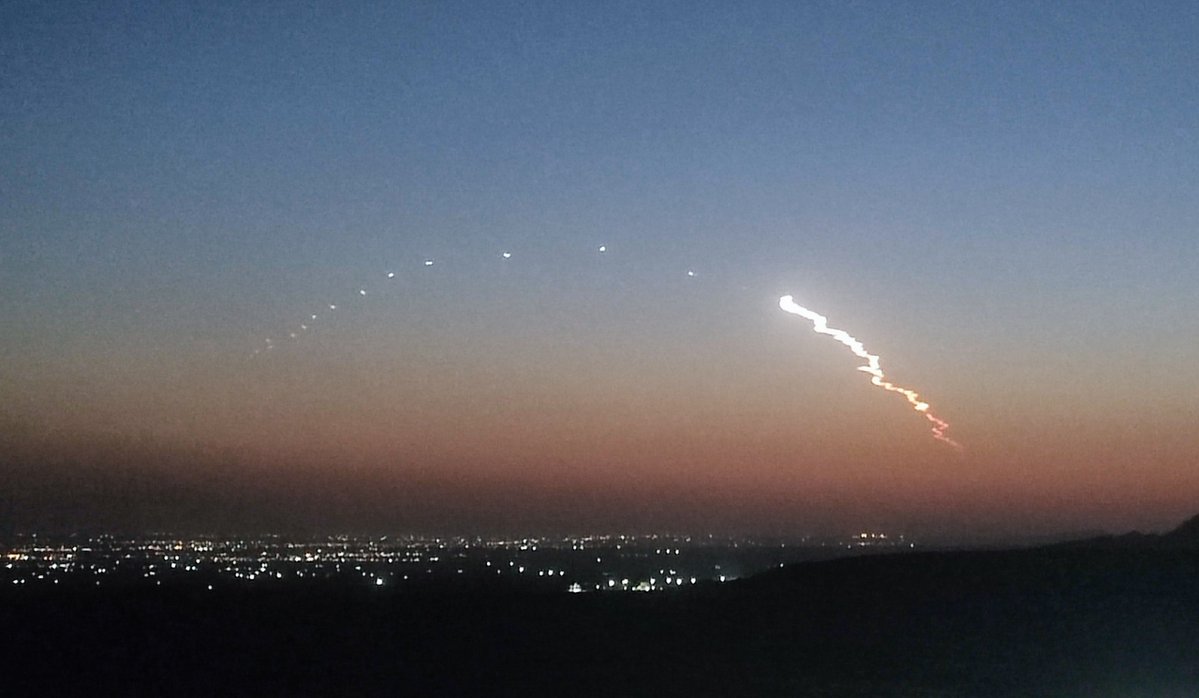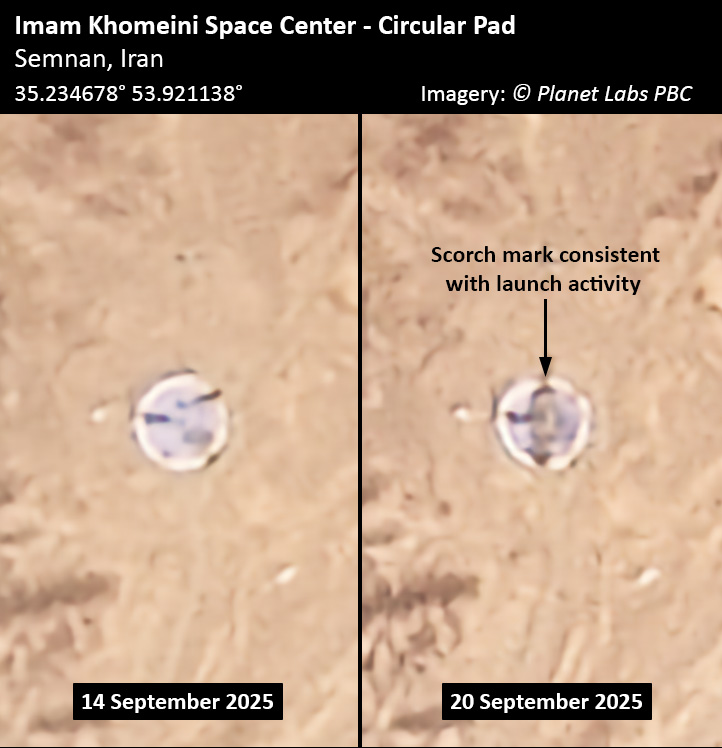A few thoughts on the recent Reuters report mentioning that "Iran and North Korea have resumed cooperation on a long-range missile project, including the transfer of critical parts." 1/9 news.trust.org/item/202009201…
What project are they referring to? Well, we don't know for sure but there are a few potential options. 2/9
The first one is Iran's apparent role in the development of North Korea's RD-250 engine clone which powers the DPRK's Hwasong 15 ICBM. Unfortunately, apart from a single treasury designation, almost nothing is known about Iran's role in the project. 3/9 treasury.gov/press-center/p…
The second one could be potential cooperation in the development of larger solid-fuel systems. The DPRK has alluded to a solid-fuel ICBM and Iran has a pretty ambitious and sophisticated solid-fuel SLV program going on. 4/9
So cooperation would make sense. However, the shorter range solid-fuel systems we have seen in both countries show very different design philosophies. So it's unclear how much cooperation has actually been going on in this field. 5/9
Another possibility is that 'long range' in this context simply means existing longer range systems the two countries operate. Both Iran's Shahab 3/Ghadr and the Khorramshahr are based on North Korean systems. 6/9
Iran has equipped both of them with precision guidance and, unlike North Korea, seems to have made the Musudan/Khorramshahr work to some extent. So again, some cooperation would make sense. 7/9
One important thing to keep in mind is that missile cooperation between both countries is not a one-way street. While Iran's early missile program was almost entirely dependent on the DPRK, Iranians later claimed they surpassed North Korea in the field of liquid fuel. 8/9
Whether that is 100% true is another question, but it is important to note that cooperation with the DPRK could take many different forms (Iranian assistance, true co-development, sourcing of components, testing etc). The times when Iran simply bought entire systems are over. 9/9
• • •
Missing some Tweet in this thread? You can try to
force a refresh















